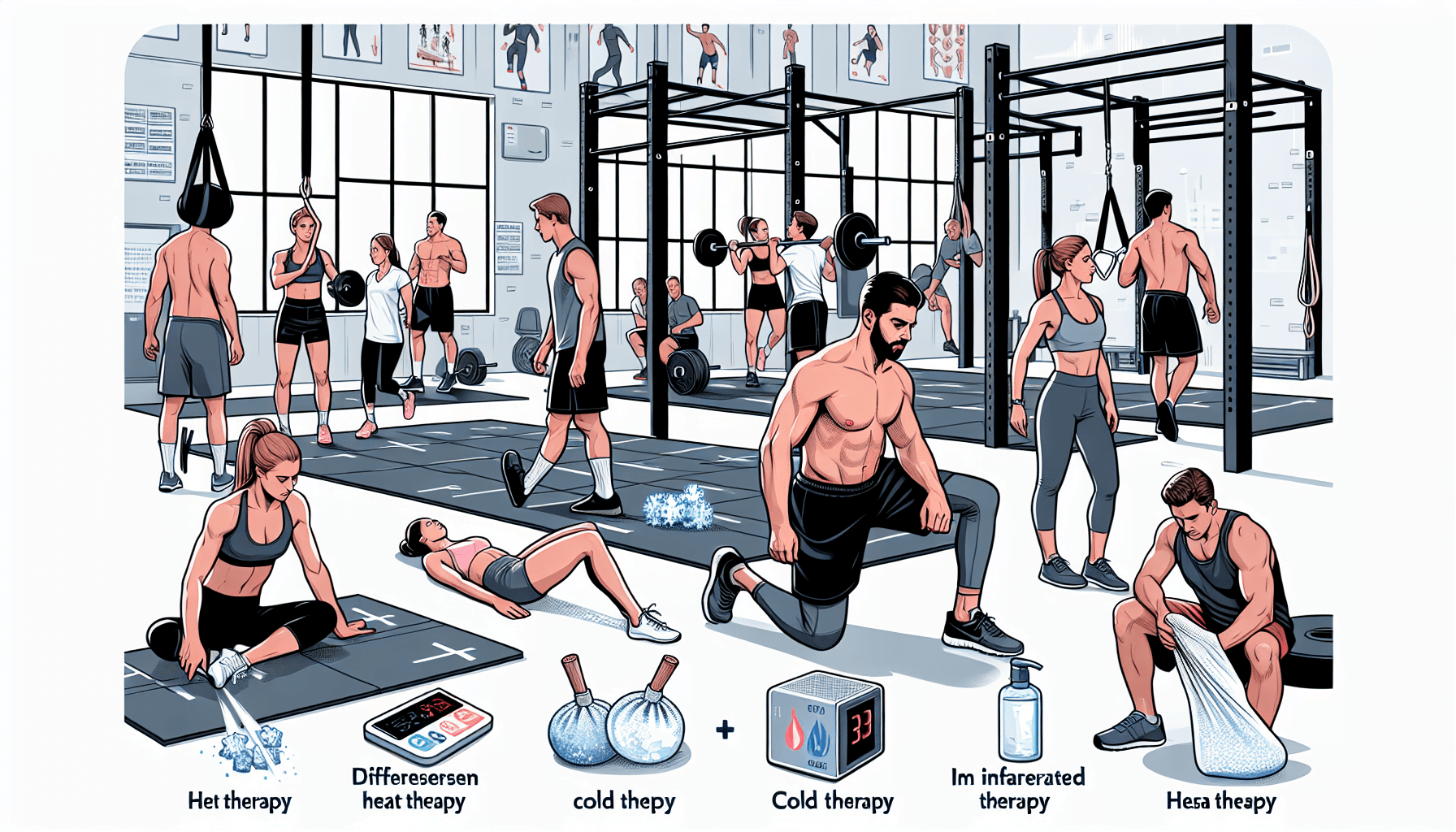Are you an avid CrossFit enthusiast who often finds themselves dealing with injuries? Well, you’re not alone. CrossFit is a physically demanding and intense training regimen that can put a lot of stress on the body.
However, there are ways to help alleviate the pain and speed up the recovery process. One effective method is the use of heat and cold therapy. In this article, we will explore how to use heat and cold therapy for CrossFit injuries.
The Benefits of Heat Therapy
Heat therapy, also known as thermotherapy, involves the use of heat to increase blood flow and relax muscles. It can provide several benefits for treating CrossFit injuries:
- Increased blood flow: Applying heat to the injured area can improve circulation, which aids in delivering oxygen and nutrients to the tissues. This increased blood flow helps speed up the healing process.
- Pain relief: Heat stimulates the sensory receptors in the skin, which can help to reduce the perception of pain. It can also help to relax muscles and reduce muscle spasms.
- Improved flexibility: Heat therapy can help to increase the flexibility of the muscles and joints, making it easier to perform rehabilitation exercises and prevent re-injury.
There are several methods of applying heat therapy for CrossFit injuries:
- Hot packs: These are simple and easy to use. Heat up a pack in the microwave and apply it to the injured area. Make sure to wrap the pack in a cloth or towel to avoid direct contact with the skin and prevent burns.
- Warm towels: Soak a towel in hot water, wring out the excess water, and apply it to the injured area. This method is particularly useful for larger areas of the body.
- Warm showers or baths: Taking a warm shower or bath can help to relax muscles and provide overall pain relief. It’s a great way to unwind after a tough CrossFit session.
Eastside Ideal Health recommends using heat therapy for CrossFit injuries under the guidance of a healthcare professional. They offer specialized treatments and knowledgeable practitioners who can provide personalized advice and treatment options for your specific injury.
The Benefits of Cold Therapy
Cold therapy, also known as cryotherapy, involves the use of cold temperatures to reduce pain and inflammation. It can be highly effective for treating CrossFit injuries as well. Here are some of the benefits:
- Pain relief: Cold therapy helps numb the injured area, providing immediate pain relief. It can also help to reduce swelling and inflammation.
- Reduced muscle spasms: Cold therapy can help to relax muscle spasms, providing relief from cramps and tightness.
- Inflammatory control: By constricting blood vessels, cold therapy can help to control inflammation and prevent it from worsening.
Cold therapy can be administered in various ways:
- Cold packs: These are readily available and can be kept in the freezer for quick and easy access. Place a cold pack over the injured area for 15-20 minutes at a time.
- Ice massage: Freeze water in a paper cup, tear off the top, and use the exposed ice to massage the injured area in a circular motion. This technique can help target specific areas of pain or inflammation.
- Cold showers or baths: Taking a cold shower or bath can help reduce overall body inflammation and provide pain relief.
Eastside Ideal Health advises caution when using cold therapy, as prolonged exposure to extreme cold can cause tissue damage. It is important to use cold therapy in moderation and seek professional guidance for severe injuries.
When to Use Heat or Cold Therapy
Determining whether to use heat or cold therapy depends on the type and stage of the injury. Here are some general guidelines:
- Heat therapy is typically more beneficial for chronic injuries or injuries that have been present for more than 72 hours. It helps improve blood flow and relax muscles, making it ideal for conditions like muscle strains, tendonitis, and arthritis.
- Cold therapy is most effective for acute injuries or injuries that have occurred recently. It helps reduce inflammation and provides pain relief. It is often recommended for immediate treatment of sprains, strains, and bruises.
It’s important to note that these are general guidelines, and it’s always best to consult with a healthcare professional for personal injury advice.
Heat and cold therapy can be valuable tools in the management of CrossFit injuries. Both have their unique benefits and can play a crucial role in the recovery process. Remember, always listen to your body and seek professional guidance if needed. Stay healthy, stay active, and enjoy your CrossFit journey!

